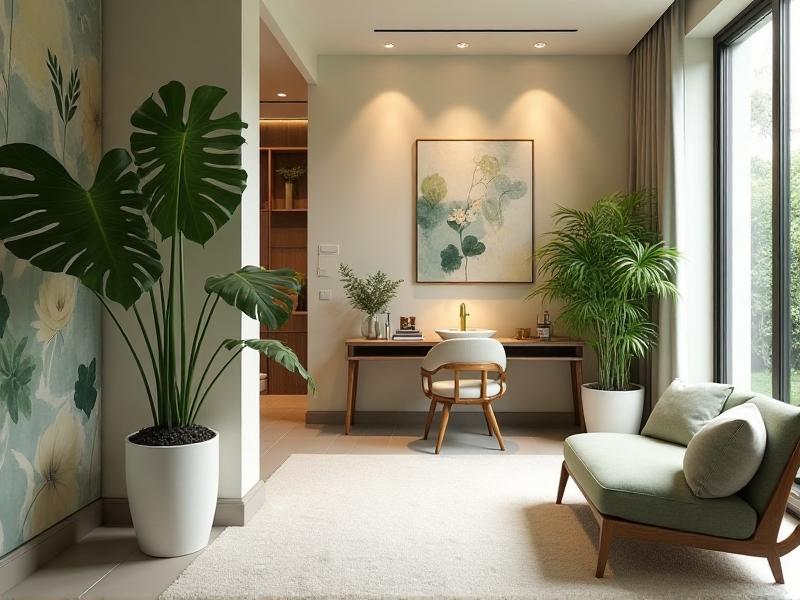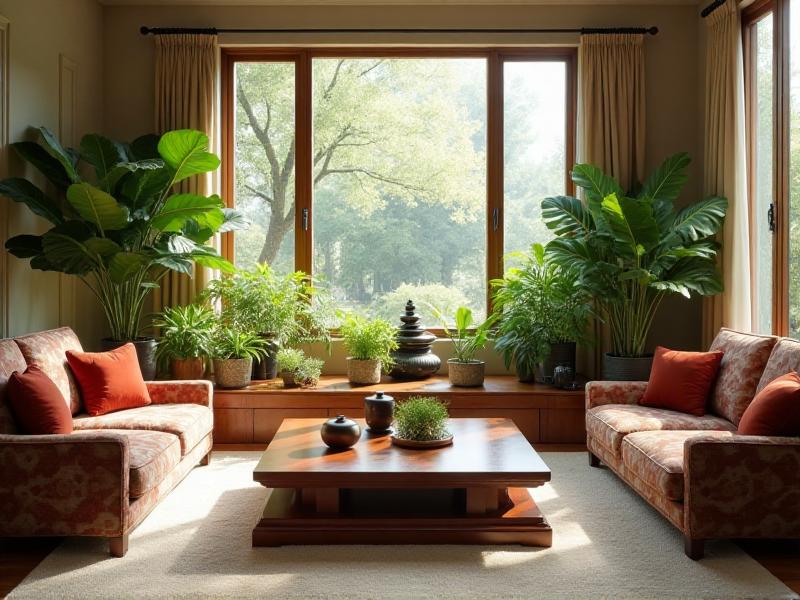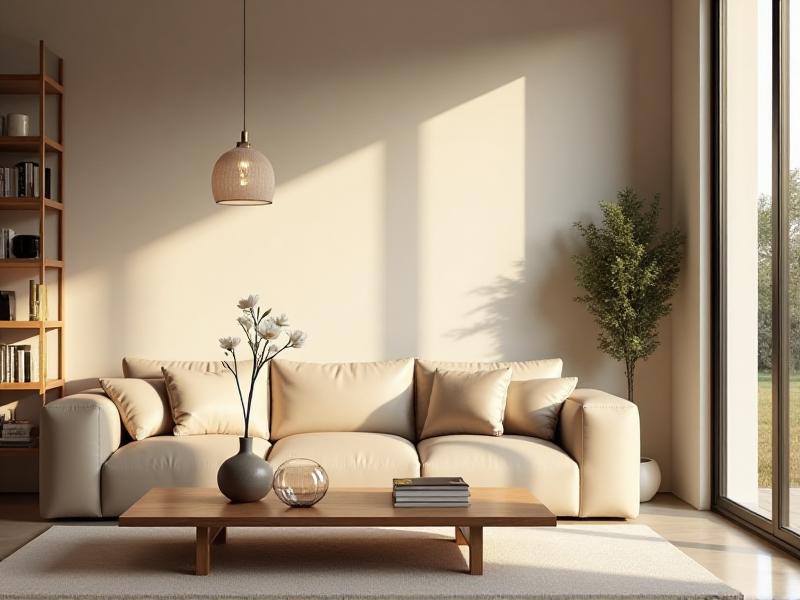How to Use Plants to Improve Feng Shui in Your Home
Introduction to Feng Shui and the Role of Plants
Feng Shui, the ancient Chinese art of arranging living spaces to create harmony with the natural world, has been practiced for thousands of years. At its core, Feng Shui is about balancing the flow of energy, or "chi," in your environment. One of the most effective ways to enhance this balance is by incorporating plants into your home. Plants not only bring life and vitality to a space but also help purify the air and create a sense of calm. In this article, we’ll explore how to use plants to improve Feng Shui in your home, from selecting the right species to placing them in optimal locations.
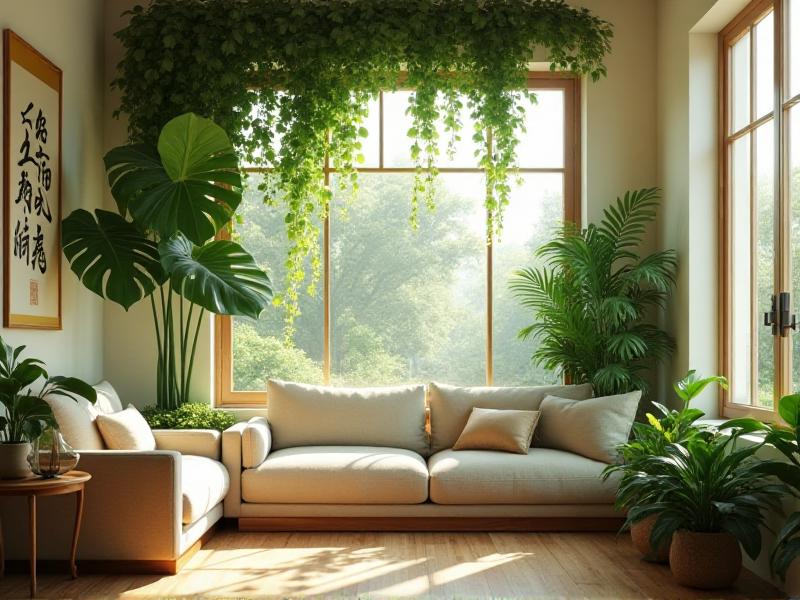
Choosing the Right Plants for Feng Shui
Not all plants are created equal when it comes to Feng Shui. Some plants are believed to attract positive energy, while others may disrupt the flow of chi. For example, plants with rounded leaves, such as the Money Plant or Jade Plant, are considered auspicious because their shapes symbolize wealth and prosperity. On the other hand, plants with sharp or spiky leaves, like cacti, are generally avoided as they can create negative energy. When selecting plants, consider their symbolism, growth patterns, and maintenance requirements. Opt for plants that thrive indoors and align with your intentions for the space.
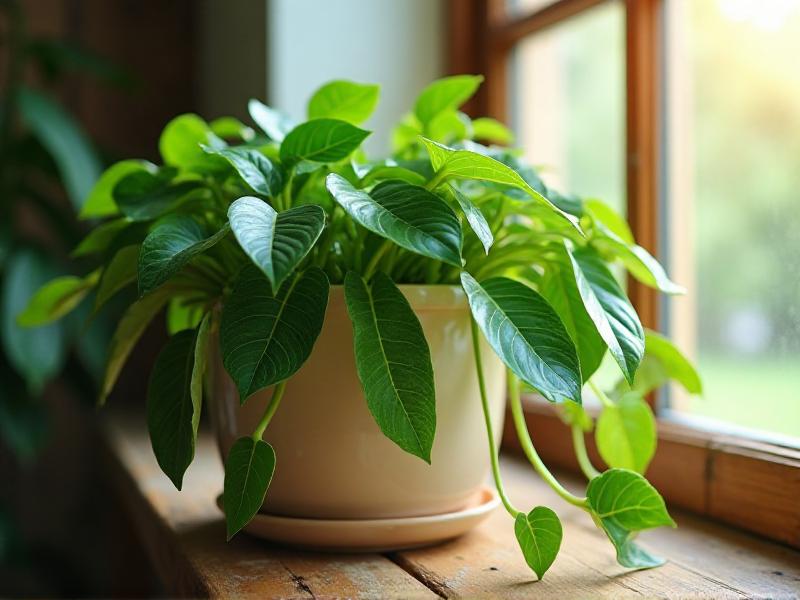
Placement of Plants for Optimal Energy Flow
Where you place your plants is just as important as the plants themselves. In Feng Shui, the Bagua map is often used to determine the best locations for different elements in your home. For example, placing a plant in the southeast corner of your living room can enhance wealth and abundance, while a plant in the east corner can promote health and family harmony. Avoid placing plants in the bedroom, as their active energy can interfere with restful sleep. Instead, focus on areas where you want to encourage movement and vitality, such as the living room, office, or entryway.
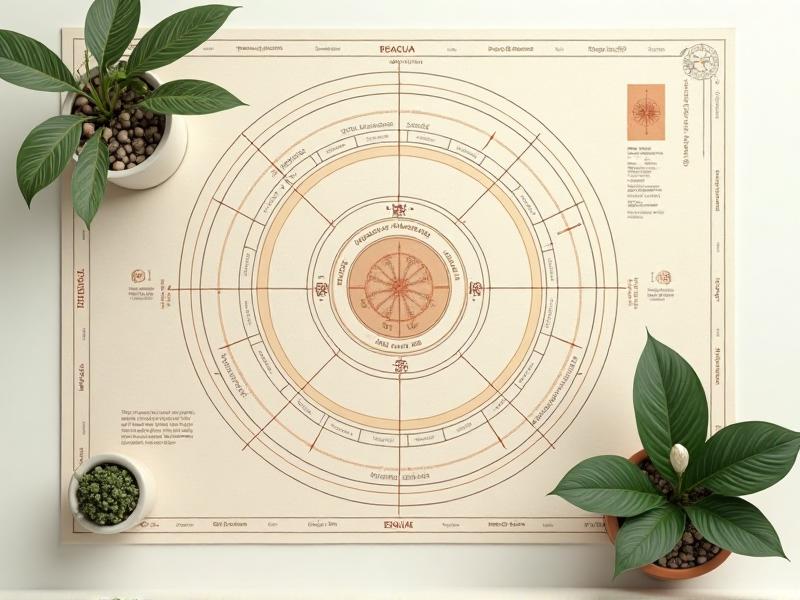
Using Plants to Balance the Five Elements
Feng Shui is deeply connected to the five elements—wood, fire, earth, metal, and water. Plants naturally represent the wood element, but they can also help balance the other elements in your home. For example, pairing a plant with a ceramic pot (earth) or a metal stand can create a harmonious blend of energies. Water features, such as a small fountain or aquarium, can further enhance the balance when placed near plants. By thoughtfully combining these elements, you can create a space that feels both grounded and energized.
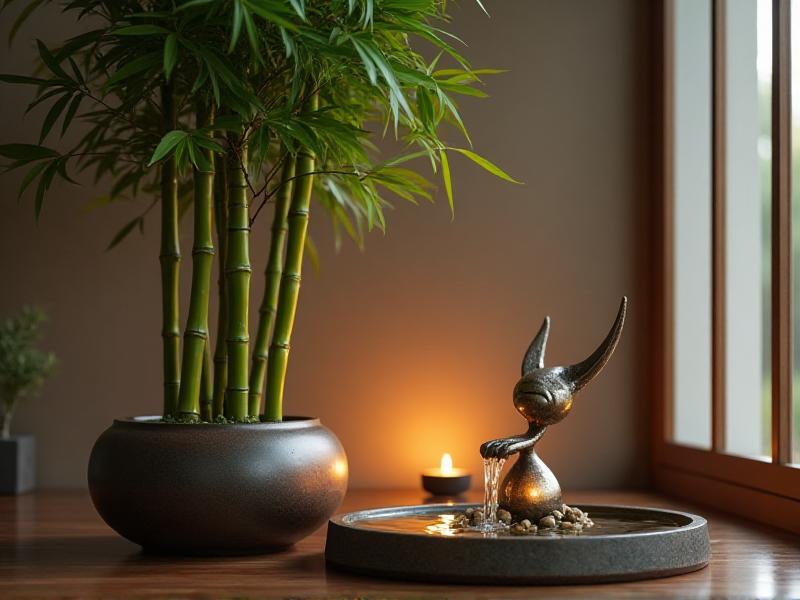
Plants for Specific Feng Shui Intentions
Different plants can serve different purposes in Feng Shui. For example, the Peace Lily is known for its ability to purify the air and promote tranquility, making it an excellent choice for spaces where you want to reduce stress. The Lucky Bamboo, with its upward growth, is often used to attract success and good fortune. If you’re looking to enhance creativity, consider adding a Snake Plant to your workspace. By selecting plants that align with your specific goals, you can create a home environment that supports your aspirations.
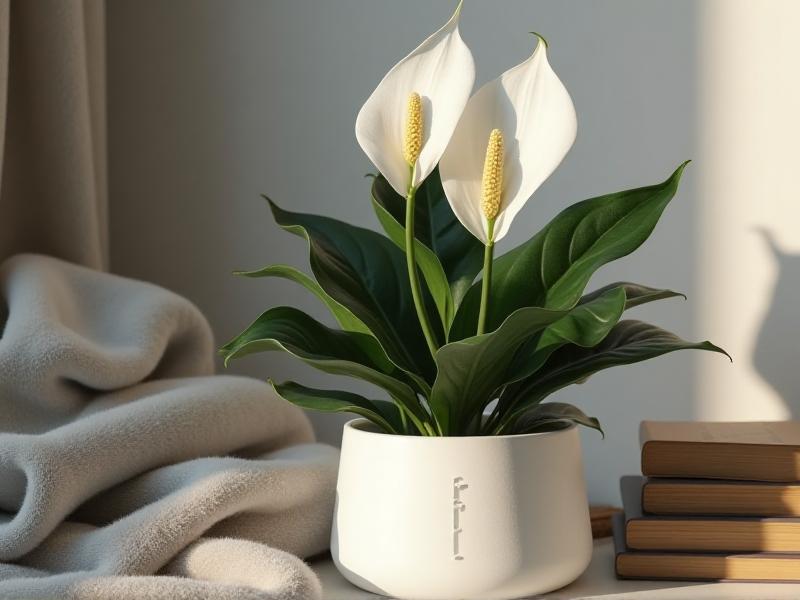
Caring for Your Feng Shui Plants
Healthy, thriving plants are essential for effective Feng Shui. A wilting or dying plant can disrupt the flow of chi and create stagnant energy. To keep your plants in top condition, provide them with the right amount of light, water, and nutrients. Regularly dust their leaves to ensure they can photosynthesize efficiently. If a plant does not thrive despite your best efforts, consider replacing it with a species better suited to your home’s conditions. Remember, the goal is to create a vibrant, life-affirming space.
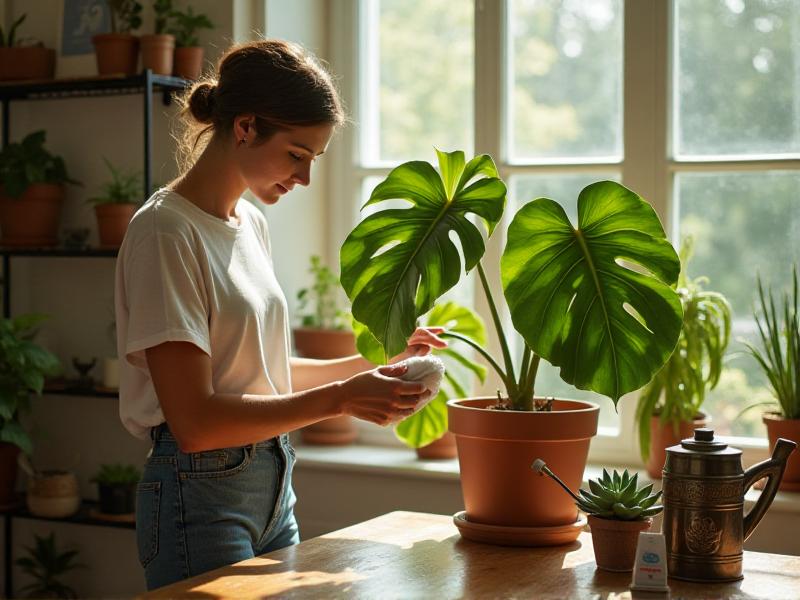
Common Feng Shui Mistakes to Avoid
While incorporating plants into your home can greatly enhance Feng Shui, there are some common mistakes to avoid. Overcrowding a space with too many plants can create chaotic energy, so aim for a balanced arrangement. Avoid placing plants in areas where they block pathways or create clutter. Additionally, be mindful of the symbolism of certain plants—for example, a Bonsai tree, while beautiful, represents stunted growth and may not be ideal for a space where you want to encourage progress. By being intentional with your choices, you can avoid these pitfalls and create a harmonious environment.

Incorporating Plants into Different Rooms
Each room in your home serves a different purpose, and the plants you choose should reflect that. In the living room, large, statement plants like the Fiddle Leaf Fig or Rubber Plant can create a welcoming atmosphere. In the kitchen, herbs like basil and mint not only add a touch of greenery but also provide fresh ingredients for cooking. The bathroom, with its high humidity, is an ideal spot for moisture-loving plants like ferns or orchids. By tailoring your plant choices to each room’s function, you can enhance the overall energy of your home.
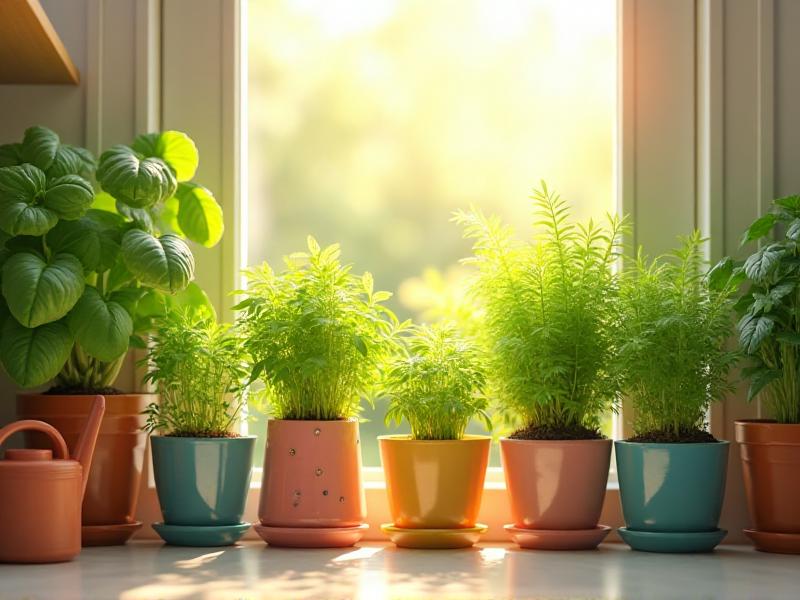
Final Thoughts on Plants and Feng Shui
Incorporating plants into your home is a simple yet powerful way to improve Feng Shui. By carefully selecting the right plants, placing them in optimal locations, and caring for them properly, you can create a space that feels balanced, vibrant, and full of positive energy. Whether you’re looking to attract wealth, promote health, or simply create a more peaceful environment, plants can help you achieve your goals. So go ahead—bring a little bit of nature indoors and experience the transformative power of Feng Shui.
